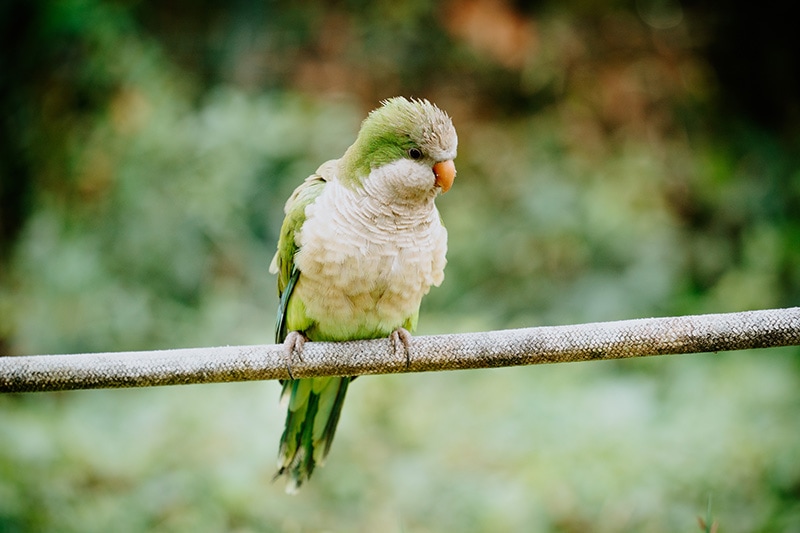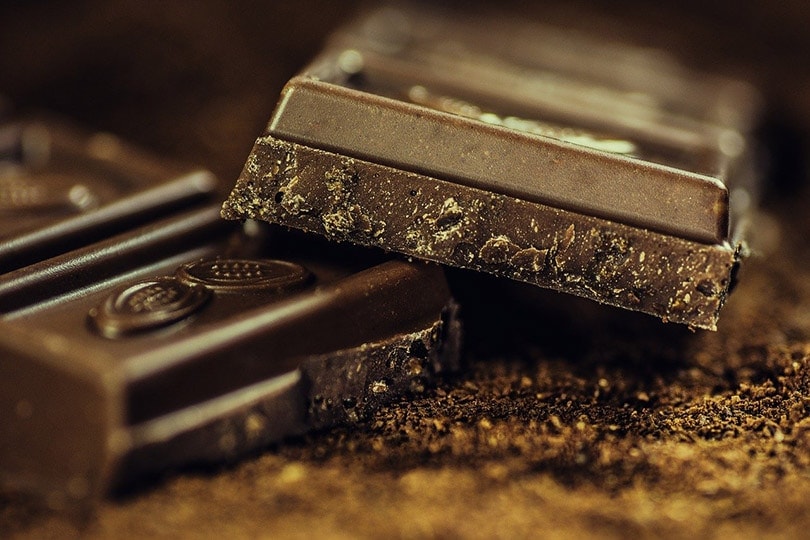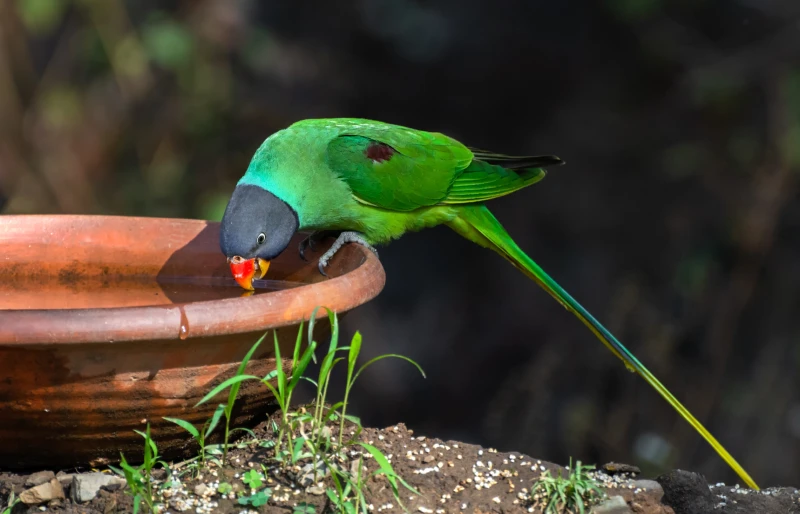Why Are Parrots So Colorful? 3 Main Reasons & FAQ
Updated on
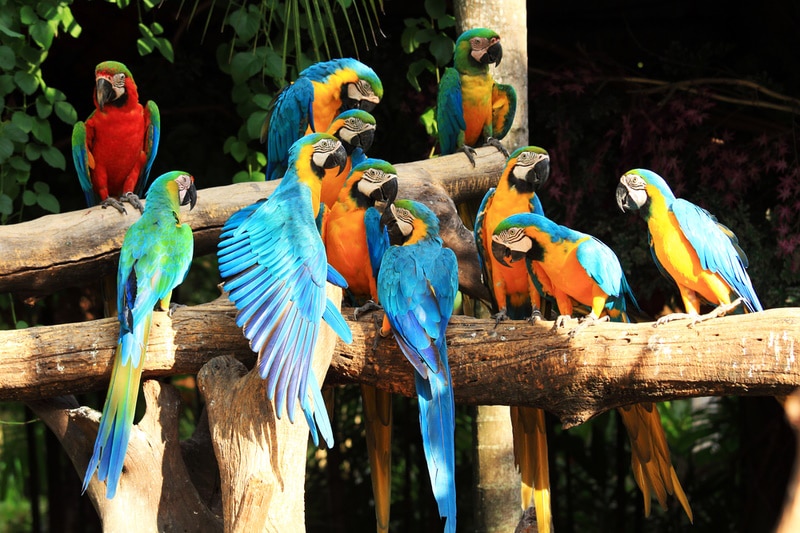
If you’ve spent any time researching pet parrots, you can’t fail to notice the dizzying array of colors the birds display. But have you ever wondered why parrots are so colorful? Parrot colors are useful for several reasons, including camouflage, intimidation, and romance.
In this article, you’ll learn the facts about parrot plumage, plus the answers to burning questions like how their feathers are so colorful and whether parrots can see their colors.
The 3 Reasons Why Parrots Are So Colorful
As mentioned in the introduction, colorful parrot feathers can serve several purposes.
1. Camouflage
Most parrots are tropical birds that live in dense and colorful regions. Their plumage helps them blend into the tree canopy environment and hide from flying predators like raptors. In contrast, other parrots (usually females) produce dull colors that allow them to blend in with their preferred nesting area, such as tree trunks.

2. Intimidation
In one species of Australian parrots, females are more colorful than males. This is thought to occur because females of the species routinely stalk and kill each other’s babies. The brighter a female’s feathers, the more threatening and intimidating she may appear to others.
Male parrots may also find brighter colors scarier as they compete for mates, territory, and other survival necessities.
3. Attracting Mates
In most bird species, bright colors are intended to help attract mates. Most of the time, male parrots (and other birds) are more colorful than females. That’s because females are the ones who choose their mates, and the brighter the parrot, the more likely they are to get the girl, so to speak.
The reverse color pattern is usually found for the few bird species where males pick females. Colorful females attract males, who also sit on the nest and care for the young birds.
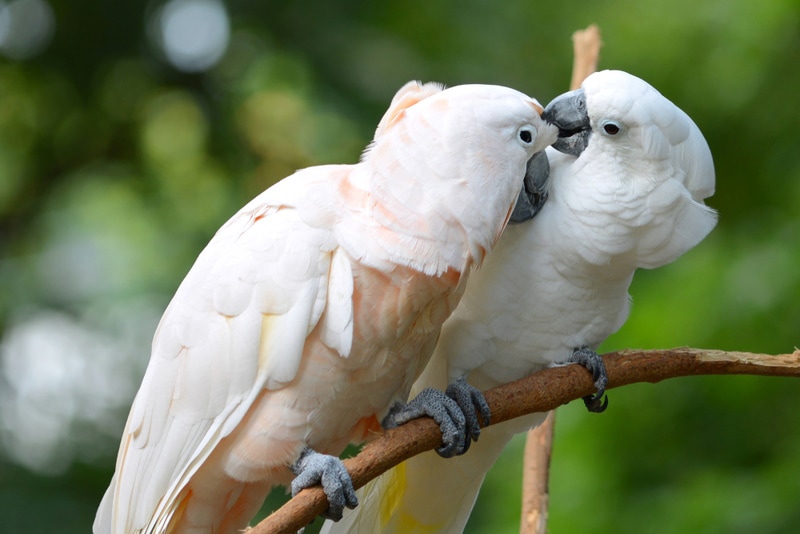
Frequently Asked Questions (FAQ)
How Do Parrot Feathers Get Their Color?
Parrots, unlike most colorful birds, don’t rely on their diet for their brilliant plumage. Instead, parrots are one of only a few species that chemically manufacture their pigments. Parrots produce chromophores, or color pigments called psittacofulvins.
These cells absorb different light colors, such as red, orange, and yellow. Different arrangements of the color molecules inside the feathers produce different shades.
How Do Other Birds Get Their Colors?
As we mentioned, many colorful birds rely on their diet for their appearance. Birds with “warm” colored feathers, like pink and red, collect pigments called carotenoids from their food. These pigments are deposited in the feathers, where they absorb different wavelengths of light to produce the colors.
Other birds, particularly those with blue or violet feathers, rely on structural colors for their brilliant shades. The birds’ feathers contain microscopic layers that reflect light, producing their colors.

Can Parrots See Color?
Parrots have fantastic color vision like most diurnal birds, even better than humans. Humans see color thanks to three photoreceptor cones in our retinas that see red, green, and blue light. Parrots have these same three cones plus one more, allowing them to see UV light.
They also have a drop of colored oil in each cone, which allows them to see even more colors. Parrots see all the colors we do but even more brightly. They can also see more variety between colors and ones that aren’t visible to human eyes.
Conclusion
A parrot’s gorgeous colors may make them visually appealing to potential pet owners, but they also serve a purpose for wild birds. Parrots rely on their colors to hide them from predators, intimidate rivals, and attract mates. Some parrots can live in captivity for decades, making them a true lifetime commitment for most owners. It’s best to thoroughly research the breed you’re interested in before adopting one of the colorful birds.
Featured Image Credit: SantiPhotoSS, Shutterstock

